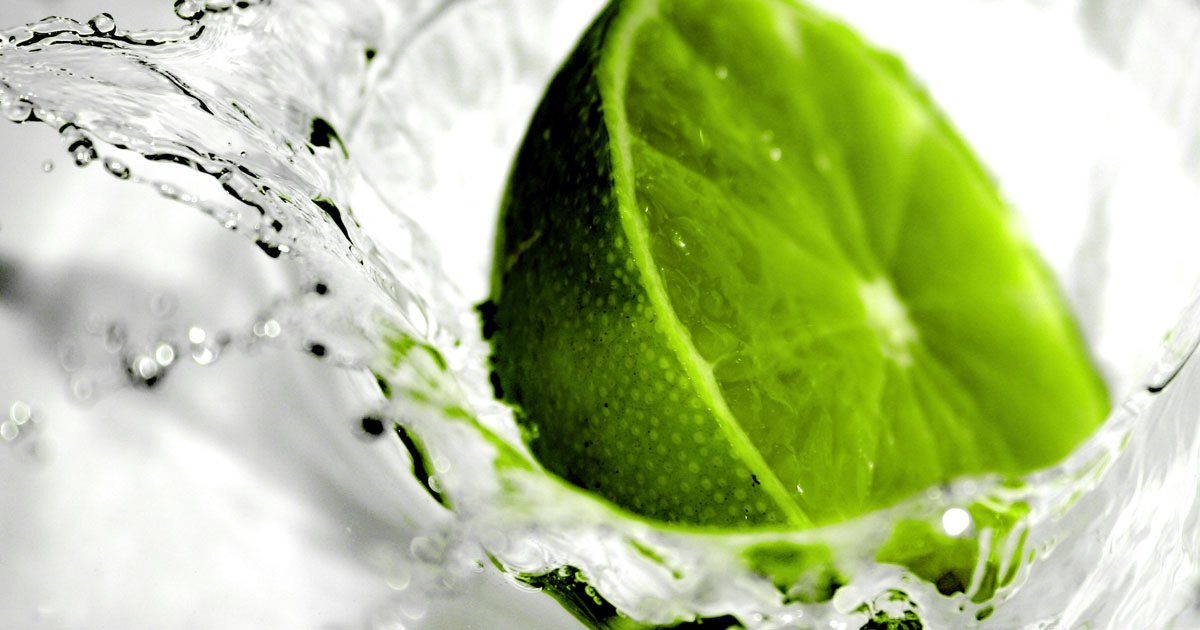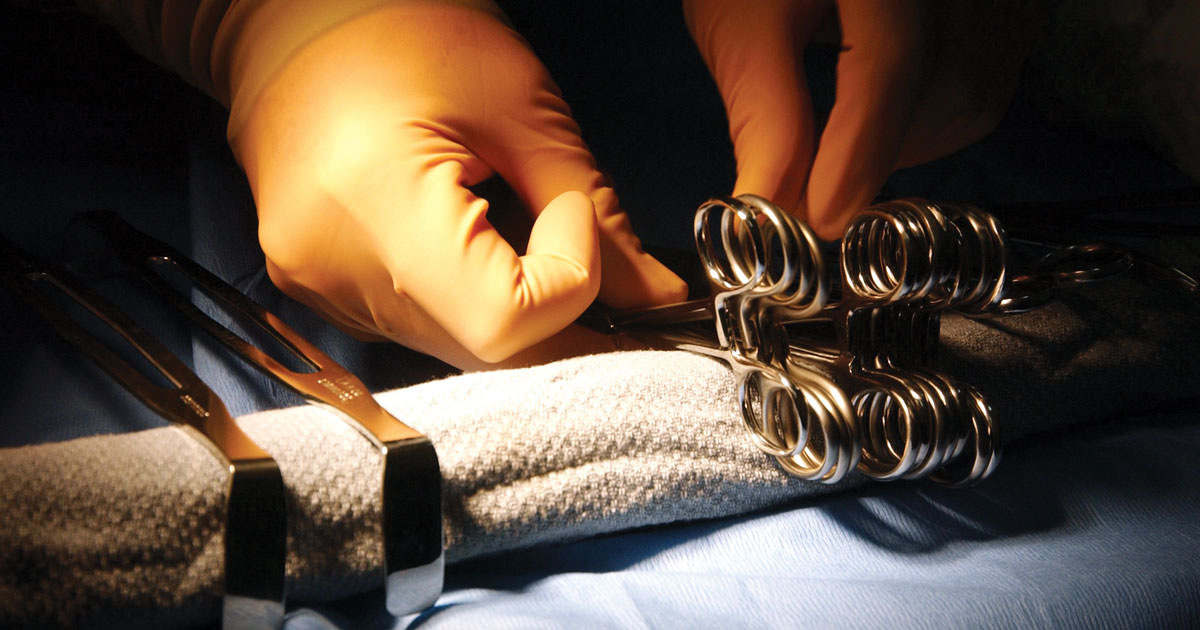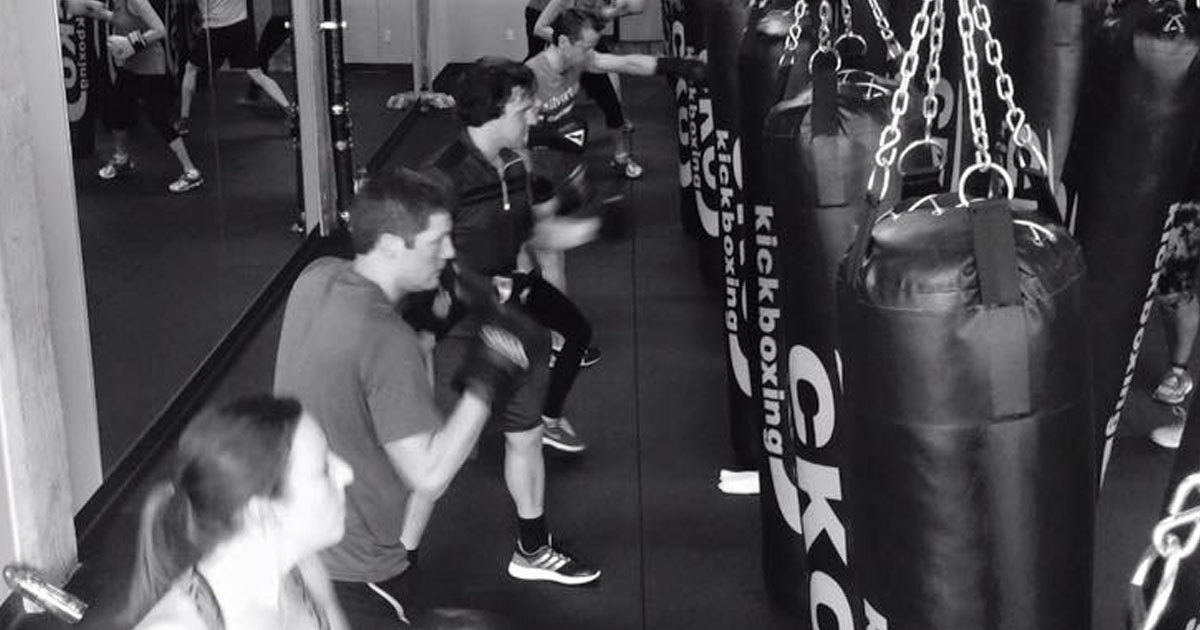Improve your mind, body and spirit.
- Details
- Category: Wellness
It's no secret that beverages such as regular sodas, sweetened iced tea, energy drinks and sports drinks contain a lot of sugar, empty calories and little nutrition. Even flavored waters and fruit drinks—which, thanks to slick advertising, sound healthy—are packed with added sugars. By cutting back on sugar-sweetened beverages and drinking water instead, you can save money and keep your body healthier.
- Details
- Category: Wellness
A six-inch abdominal incision, hormones for untimely menopause, a four-day hospital stay and an eight-week recovery. With a history of hysterectomies like that, no woman wants to hear she needs one. The hysterectomy of today, however, isn't your mother's hysterectomy of 20 or more years ago.
- Details
- Category: Wellness
With the FDA approval of flibanserin (Addyi) last fall, many have criticized both the FDA as well as supporters saying female sexual medicine is over-medicalized. While from a specific lens, this may ring somewhat true, here’s the problem with this theory. It implies that rather than having a medical issue contributing to sexuality, female sexual issues must be entirely psychological, or perhaps social, or even worse, that they just don’t matter. Conversely, not too many years ago, female sexuality was “all in our heads”. Interesting history fact: Dating back to the 4th and 5th centuries BC, women’s erratic moods and behavior were blamed on the uterus. It was thought that the uterus wandered, and the corresponding medical anomaly was dictated by where the uterus landed. Stemming from ancient Greek culture these women were diagnosed with hysteria (originating from the Greek root hyster meaning womb) and treated with, wait for it…orgasm! The treatment wasn’t called an orgasm however because female orgasm, pleasure, and sexuality were not a recognized phenomenon. “Hysterical paroxysms” – gold standard of treatment. This diagnosis and treatment became an epidemic in the late 19th century. Doctors would not only prescribe, but actually provide orgasms (paroxysms) for women diagnosed with hysteria in the office initially using their hands, and progressing to devices we now lovingly refer to as vibrators. Sexual pleasure was the farthest from the minds of the physicians providing this treatment. This was a medical diagnosis with a medical cure…end of story. In fact, there was so little understanding of female anatomy and biology that the hysteria diagnosis was used commonly for most female physical and emotional ailments. It wasn’t until the 20th century when the notion that women could experience sexual desire or pleasure was even a fleeting thought. Seriously, I promise I’m not making this up!
- Details
- Category: Wellness
It can be hard to convince someone to get involved in a group fitness class. Some people may feel self-conscious exercising in front of others. That's understandable. We live in a culture where we constantly compare ourselves to others, which is not a healthy way of living. But group exercise can really impact your life for the better—even more so than your individual fitness plan. Here are ways group exercise can enhance your fitness routine.
- Details
- Category: Wellness
According to numerous studies, including one performed by the American Journal of Public Health, there is a clear link to the mental and physical health benefits of having a creative outlet. Even if you can't dance to a beat or color in the lines, it's important to find a creative outlet for your own sanity.








